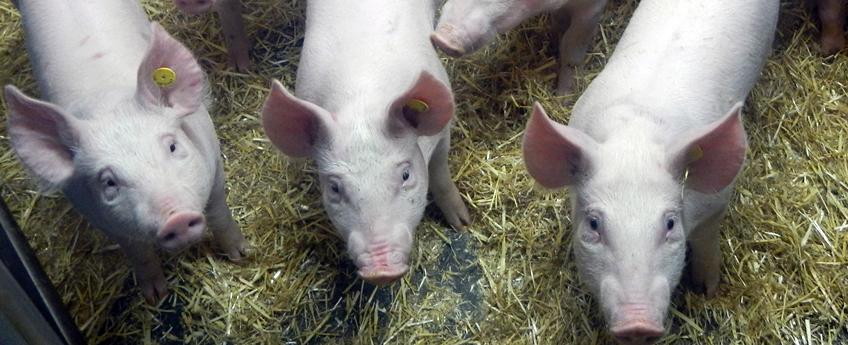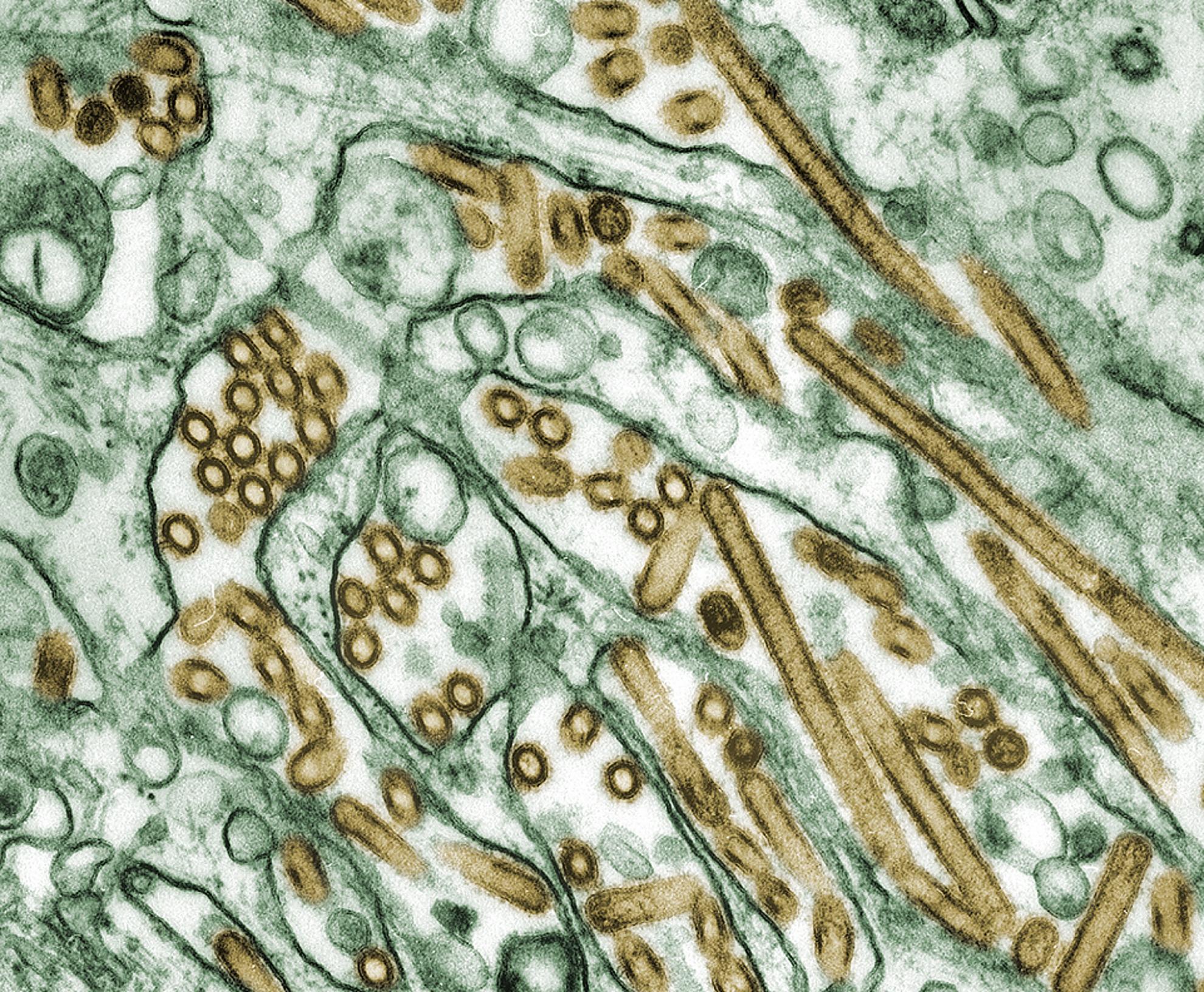Influenza and coronaviruses have caused some of the deadliest pandemics in humans, and swine are key viral reservoirs.
Influenza viruses of type A and porcine respiratory coronavirus are enzootic in swine, but they differ in pathogenicity and immune control.
Cattle are the natural host of influenza D virus, but it is now an emerging virus in swine, and its pathogenesis remains underexplored.
Swine Influenza viruses of type A have enormous and still increasing genetic diversity with many "reassortant" (i.e. when genetic exchange occurs during co-infection involving different viruses or viral strains) genotypes circulating simultaneously and is a proven zoonotic and pandemic threat.
The pandemic potential of porcine respiratory coronavirus and swine Influenza D is uncertain.
In this project, we aim to answer questions about the transmissibility and pathogenicity of these viruses.
We will better understand what the transmission dynamics of these viruses are between swine and from swine to ferrets (which can be used as a model for humans).
We will study the immune response against these viruses, and what are the main factors that tip the balance to mild or severe disease. One of the main aims is to determine the zoonotic potential (i.e. the potential for these viruses to jump from a non-human animal to humans) of these viruses, and which ones in particular pose a higher risk.
To do this, we will integrate data arising from different experiments by using relevant mathematical, computational and statistical techniques.
Our results will help predict the zoonotic potential, transmission, and pathogenicity of existing and emerging swine Influenza viruses and porcine respiratory coronaviruses.
Research group
Funding
Collaborators
Krsitien van Reeth, Ghent University, Belgium;
Xander de Haan, Utrecht University, Netherlands
María Montoya, Centro de Investigaciones Biológicas Margarita Salas (CIB-CSIC), Spain;
Mario Castro Ponce, Universidad Pontificia Comillas
Martin Lopez Garcia, University of Leeds, UK





